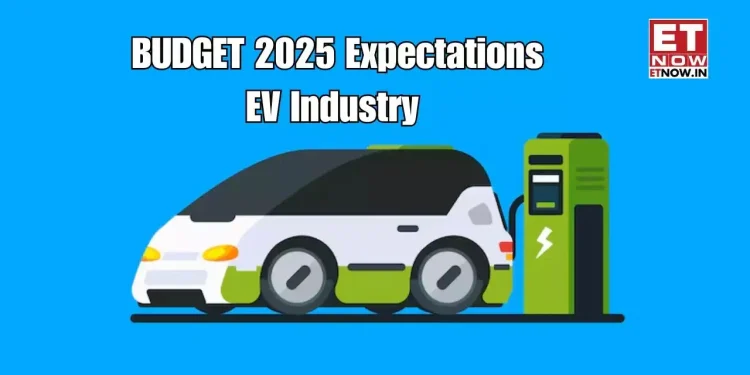🚘 Introduction
With India pushing toward net-zero emissions by 2070, the Union Budget 2025 has made a strong statement by prioritizing electric vehicles (EVs). From tax benefits to infrastructure expansion, the government has rolled out bold reforms to supercharge EV adoption across the country. But what exactly has changed, and what does it mean for consumers and industry players?
Let’s break it down.
💡 Key Highlights from Budget 2025 for the EV Sector
🔋 1. FAME-III Scheme Announced
- ₹20,000 crore allocated over 5 years
- Focus on subsidies for e-2-wheelers, e-3-wheelers, and electric buses
- Expansion to Tier 2 and Tier 3 cities
- Special incentives for battery swapping infrastructure
💰 2. Tax Breaks for EV Buyers
- Income tax deduction up to ₹2 lakh on interest paid for EV loans (up from ₹1.5 lakh)
- GST rate on EVs remains at 5%, but battery replacement services now also taxed at just 5%
- Additional rebate for first-time EV owners announced in urban areas
⚙️ 3. Charging Infrastructure Push
- ₹6,000 crore dedicated to building fast-charging stations across highways and metro cities
- Public-Private Partnership (PPP) model encouraged
- State governments to receive central grants to incentivize private charging station setup
🛠️ 4. Boost to EV Manufacturing and R&D
- Reduction in customs duty for lithium-ion battery cells
- Creation of a National Battery Research Institute in Bengaluru
- ₹3,000 crore allocated to MSMEs for local EV parts manufacturing under the “Make in India” initiative
🔍 What This Means for Consumers
- Cheaper EVs: Subsidies and tax breaks make entry-level EVs more affordable than ever
- More Charging Points: No more range anxiety, especially for urban users and intercity travel
- Lower Running Costs: Reduced maintenance and cheaper electricity over petrol/diesel
- Faster Adoption: Rising awareness + lower costs = more people going electric
🏭 What This Means for Startups and Automakers
- Startups in battery tech, charging, and fleet management will get more funding and government support
- Automakers will benefit from import duty cuts and incentives for local assembly
- Push to develop indigenous EV components will strengthen the domestic supply chain
- Entry of global EV brands expected in 2025–26 due to clearer policy environment
⚠️ Challenges Still Ahead
- Battery recycling policies still under development
- Rural infrastructure lags behind urban regions
- Skilled workforce shortage in EV servicing and manufacturing
- High initial cost still a barrier despite subsidies
🔮 Future Outlook
By 2030, India aims to:
- Electrify 80% of 2-wheelers and 3-wheelers
- Reach 30% EV share in new car sales
- Become a global hub for EV exports
With Budget 2025 laying the foundation, the EV revolution in India is officially in motion.
📝 Meta Title & Description
Meta Title: Budget 2025 and the EV Boom: What’s Next for India’s Electric Future?
Meta Description: Explore how India’s Budget 2025 is accelerating electric vehicle adoption through subsidies, tax breaks, and charging infrastructure reforms.
































































